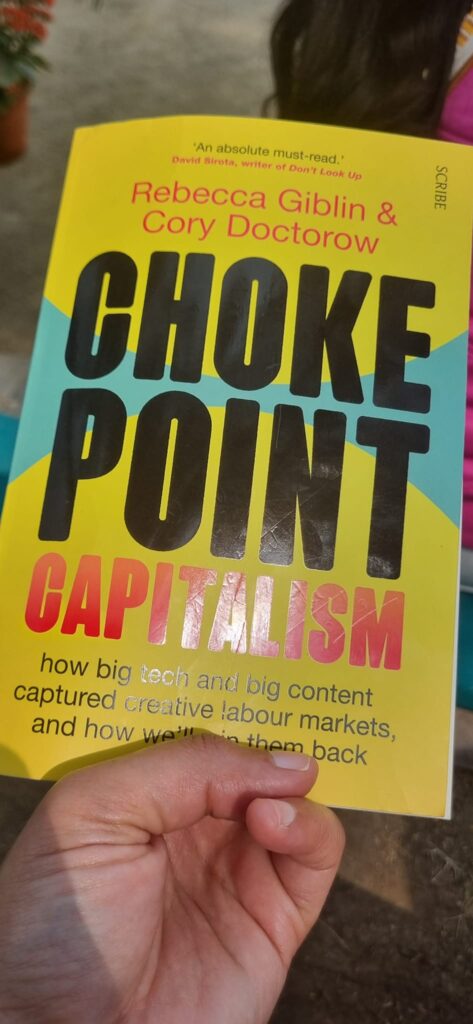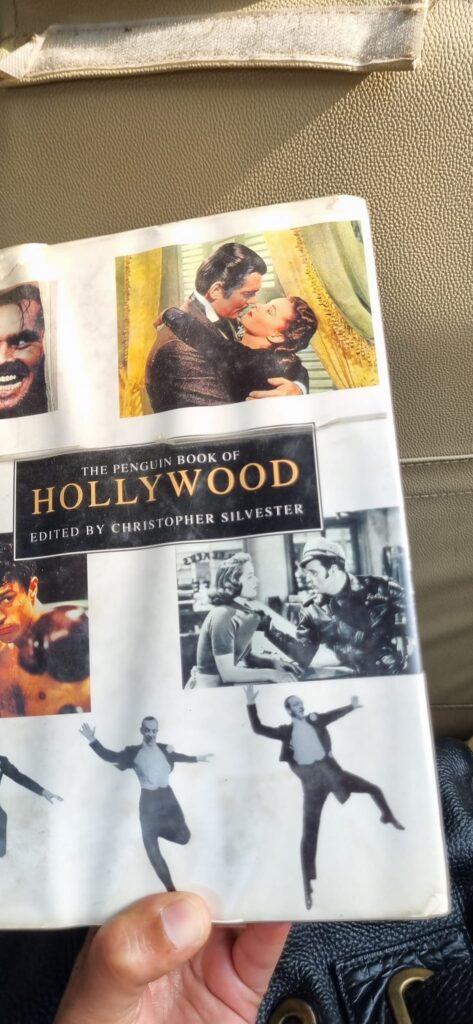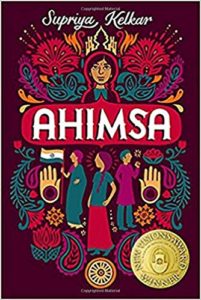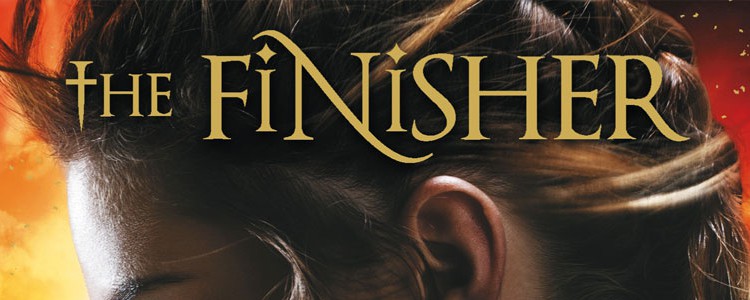It was released on 4 March 2014. Apparently it is part of a series.
The story is revolves around a fourteen-seasons-old girl called Vega Jane. She has a younger brother called John Jane living in Wormwood. She had a family but her parents are in Care, only to disappear in a swirl of fire, called an Event. She had grandparents but they too have passed on. Her grandfather, former member of the Council, had an Event too. As with all fantasy novels this too has a strong social structure. At times I get the feeling that these novels would not work if it were not for the inherent social system, akin to our caste system.
Wormwood was founded by Alvis Alcumus, five hundred sessions ago. There is the Council with a capital “C’, which fortunately has one “female” member — Morrigone. ( No one is referred to as men or women, but as male and female. ) Otherwise there are men, with a strict pecking order. The society consists of people or Wugs. Vega Jane works as a “finisher” at the Stacks, putting finishing touches to pretty little objects for people to use while her brother goes to Learning. She seems to be the only girl in employment at Stacks. She has a good friend, Daniel Delphia or “Delph”, who is a couple of seasons older to her, later he trains her for the duelum too. Delph’s father, Dus Delphia is a beast trainer.
There are fantastic elements in it like the beasts, playing with the notion of time, ( “neither can you intervene in any way in the events that you witness, no matter what happens. That is the law of time and it cannot be circumvented.”) and the Hall of Truth, a library, where a book once opened comes to life.
The story is fairly simple. Vega Jane, fending for herself, while her parents have been transfered to Care. Then her brother gets whisked away by Morigonne given his exceptional brains, he is chosen to help the Council in building a wall ( The Wall) to keep Outliers from the Quag. In a sense everyone from Wormwood is instructed to help in the construction. Vega Jane is inquisitive, energetic, independent and tough. Soon Vega Jane finds herself in trouble with the Council, once it is discovered that she has in her possession a map of the Quag, with a detailed description of the creatures it contains. A document she came to own after the disappearance of her colleague and mentor, Quentin Hermis. The Council does not take kindly to this discovery but an inevitable death sentence is commuted if she is participates in the duelum that has been announced. Usually it is only reserved for the young healthy male wugs, but for the first time the competition has been opened to females. As an incentive it has been announced if a female wins she will be given double the prize money — one thousand coins.
The story takes off in the second half. It moves quickly and it is fairly evident that Baldacci is finally comfortable telling this story. A professional storyteller like him should have no challenges in telling a story. But there are moments when you are left wondering if he really should be wading into fantasy genre. If he wants to tap into the every growing young adult market surely he can do so by telling a good thriller or a mystery story? The characters are created well but they are not completely in step with contemporary fantasy fiction. In that sense they seem to be cardboard cutouts. There are moments in the story that you get the impression Baldacci is also not too sure about his target audience. Is he writing for his existing and loyal readership that will buy the book regardless of the genre or is he actually making inroads into a new market? Is he doing the reverse of what J K Rowling did — she went from young adult to adult trade? Is he following in the footsteps of Philip Pullman. I cannot tell.
The Finisher is an absorbing novel to read, irrespective of the discomfort at it not being a smooth reading from the word go. Baldacci is an experienced storyteller. So he makes things happen. He knows how to move the plot along. He knows how to balance the information provided to the reader and how much to immerse the characters in. Before you know it, the 500-odd pages are zipping along. By the time I finished reading the book, I realised I did want to know what happened next. And how soon will it be before the sequel is published.
So I am not at all surprised to hear that the Hollywood film rights have been optioned by the same person who directed the Spiderman movies. This novel lends itself to some good visual effects and if it is a big budget film, it will be fun to watch on a big screen. It will happen in 2016.
David Baldacci The Finisher PanMacmillan India, New Delhi, 2014. Pb. pp. 512 Rs. 350
11 March 2014





